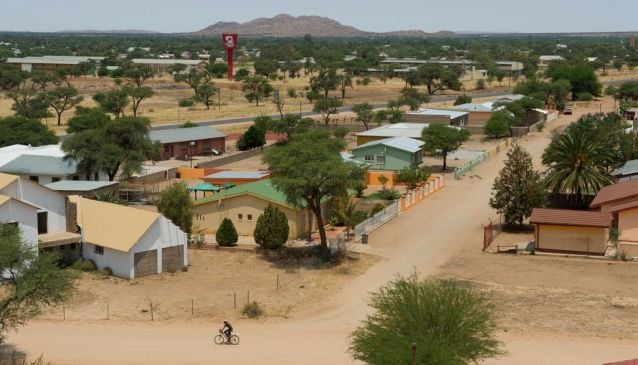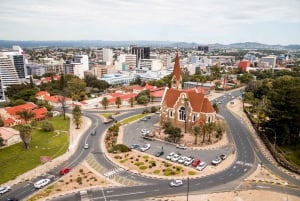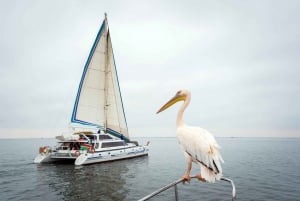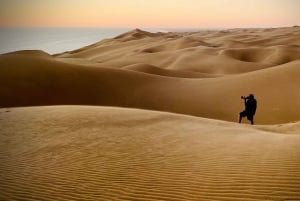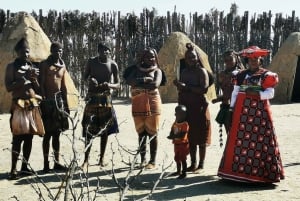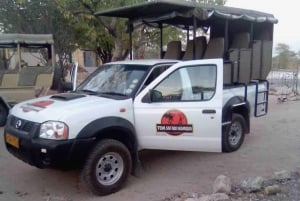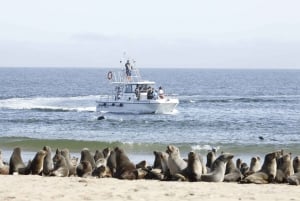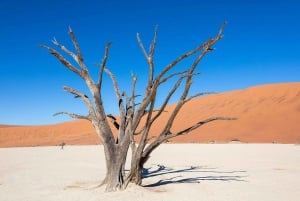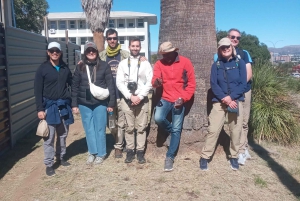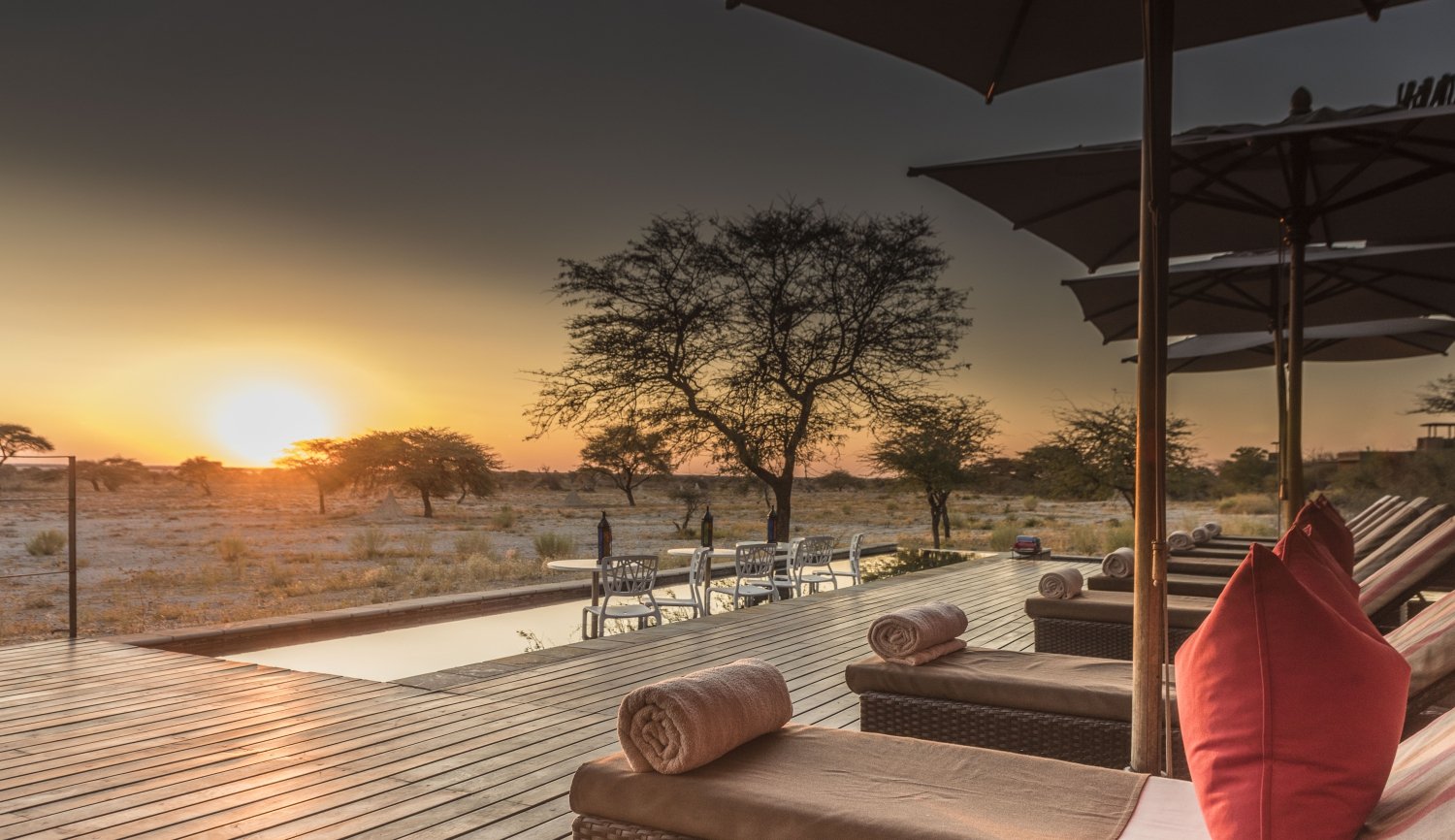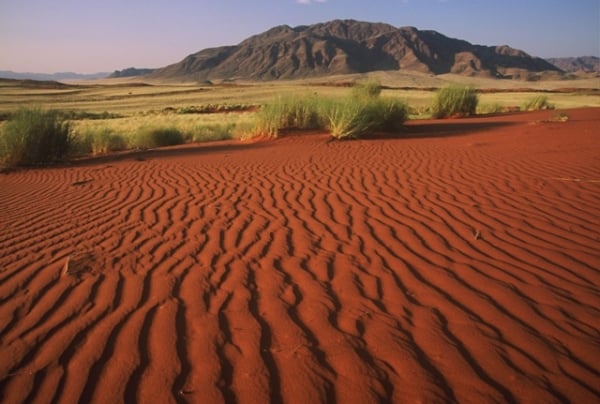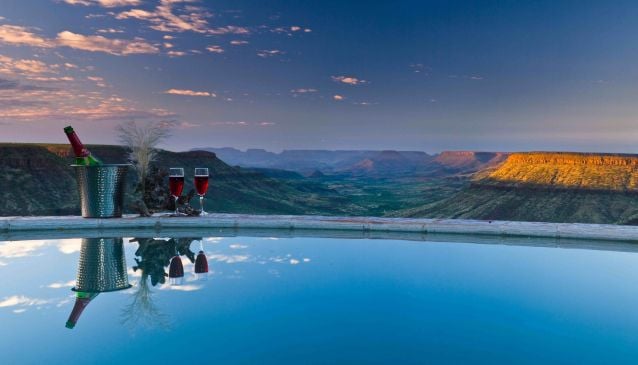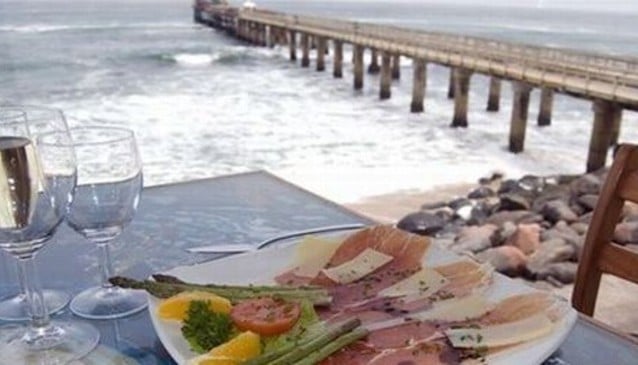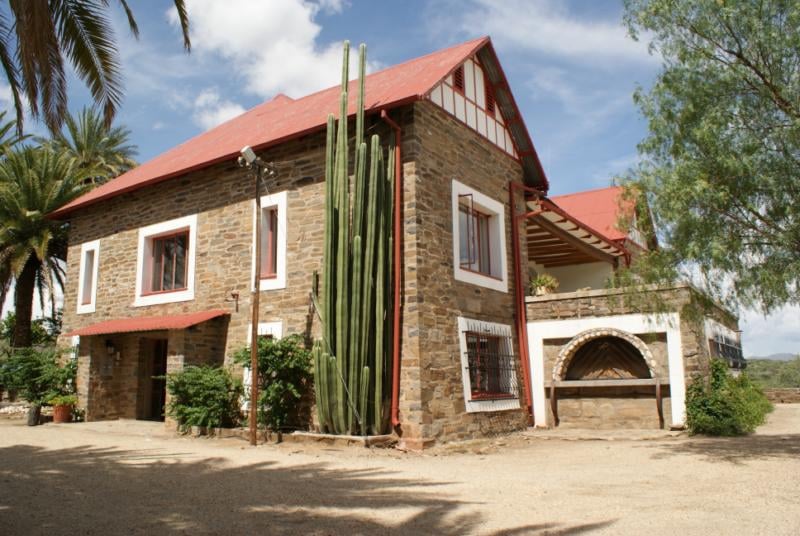Rehoboth
Rehoboth: A Blend of Culture, History, and Scenic Beauty in Central Namibia
Book Top Experiences and Tours in Namibia:
If youʻre booking your trip to Namibia last minute, we have you covered. Below are some of the top tours and experiences!- Swakopmund: Desert Dunes Quad Biking with Optional Sandboard
- Windhoek: City and Township Tour
- Walvis Bay: Marine Big 5 Luxury Catamaran Tour
- Walvis Bay: Sandwich Harbour Sunset Photography Tour
- Walvis Bay: Mondesa Township Tour
A Historical Overview of Rehoboth
Rehoboth’s history dates back to the late 19th century and is deeply intertwined with the story of Namibia's colonial past. The town was founded in 1840 by a group of Baster people, a mixed-race community that descended from Dutch settlers (Boers) and indigenous Khoikhoi people. The Baster were originally nomadic and were seeking a place where they could establish a permanent settlement. They chose the area near the Zeerust river, which provided access to water and fertile land, and founded the town of Rehoboth, named after the Biblical town of "Rehoboth" in the Book of Genesis, which translates to “broad places” or “room to grow.”
During the German colonial period (1884–1915), Rehoboth became part of the German protectorate, and like many other towns in Namibia, it felt the impact of German policies. However, the Baster people managed to maintain their cultural identity and way of life. After the defeat of the Germans in World War I, Namibia was placed under South African administration, and Rehoboth continued to grow under South African rule. The town’s history during apartheid was marked by the Baster community’s struggle for political rights and recognition, which eventually led to the establishment of the Rehoboth Baster Homeland.
Following Namibia’s independence in 1990, Rehoboth became a part of the new, united Namibia. Today, the town is an important center for agriculture and commerce in central Namibia, offering a mix of traditional culture and modern development.
The Culture and People of Rehoboth
Rehoboth is known for its diverse cultural heritage, and its Baster community remains central to the town’s identity. The Baster people have retained many aspects of their Dutch and Khoikhoi heritage, including their language (often referred to as Rukhao or Baster Afrikaans), customs, and traditional dress. The Baster community has played a significant role in shaping the cultural landscape of Namibia, and their presence in Rehoboth is a testament to the town’s resilience and cultural richness.
The Rukhao language is a blend of Dutch, Afrikaans, and indigenous Khoikhoi words, making it a unique dialect that is still spoken by many of the town’s residents. Traditional celebrations and festivals, such as the Rehoboth Festival, are a great way to experience the town’s rich culture. These events feature local music, dance, food, and crafts, offering visitors an opportunity to connect with the people of Rehoboth and learn more about their heritage.
In addition to the Baster people, the town is home to a variety of other ethnic groups, including the Nama and Damara peoples, which further enrich the cultural fabric of Rehoboth. The integration of these communities has created a harmonious blend of traditions, music, and languages, making Rehoboth a vibrant and diverse town.
Economy and Development in Rehoboth
Rehoboth plays an important role in Namibia’s agricultural sector, with the surrounding region being known for its livestock farming, particularly cattle, goats, and sheep. The town serves as a commercial center for farmers in the area, with markets and retail outlets providing essential goods and services for the local agricultural community. Livestock auctions and trade are a key part of the town’s economy, attracting farmers from across the region.
In addition to agriculture, tourism is becoming an increasingly important economic driver for Rehoboth. Its proximity to major tourist destinations, such as the Namib Desert, Sossusvlei, and the Namib-Naukluft National Park, makes it an ideal stop for travelers exploring southern Namibia. Rehoboth’s accommodations, including guesthouses, lodges, and campsites, offer a comfortable base for tourists heading to these natural attractions.
The town also has a growing retail sector, with shops, restaurants, and small businesses providing services to both locals and tourists. As Namibia continues to develop, Rehoboth is increasingly becoming an important economic hub in the Hardap Region.
Points of Interest Near Rehoboth
While Rehoboth itself offers a charming experience, the surrounding areas are home to some of Namibia’s most awe-inspiring natural wonders. Visitors to Rehoboth can easily access several notable points of interest, including:
1. Namib Desert and Sossusvlei
Located just a few hours’ drive from Rehoboth, the Namib Desert is one of the oldest deserts in the world and offers some of Namibia’s most iconic landscapes. The towering sand dunes of Sossusvlei are among the highest in the world, and the area is a popular destination for photography, hiking, and nature tours. The stark beauty of the desert’s red dunes against the clear blue sky is a sight to behold.
Sossusvlei and the surrounding Dead Vlei are also famous for their surreal landscapes, with ancient, dead camelthorn trees standing against the backdrop of towering dunes. These locations are a must-see for visitors exploring southern Namibia, and Rehoboth provides an ideal base for those making the journey.
2. Duwisib Castle
Located about 50 kilometers southeast of Rehoboth, Duwisib Castle is one of Namibia’s most famous historical sites. Built in the early 20th century by a German nobleman, the castle offers a fascinating glimpse into the colonial history of Namibia. Set in a remote, scenic area of the desert, the castle features a unique blend of European architecture and the natural beauty of the surrounding environment. Visitors can explore the castle, its gardens, and nearby hiking trails while learning about its history and the life of its former owner.
3. Hardap Dam
The Hardap Dam, located just outside of Rehoboth, is the largest dam in Namibia and a key source of water for the surrounding region. The dam is a popular spot for fishing, birdwatching, and picnicking, and the surrounding area is ideal for outdoor activities. The Hardap Dam also has a recreation area with campsites, making it a great place for families and nature enthusiasts to enjoy the outdoors.
4. The Kalahari Desert
The vast Kalahari Desert stretches over much of southern Africa and is home to an array of wildlife, including meerkats, springbok, and various bird species. The Kalahari’s wide-open spaces, shifting sand dunes, and striking red soil make it a remarkable landscape to explore. Guided tours into the desert offer unique opportunities for wildlife viewing and cultural experiences with the local Khoisan communities.
Conclusion
Rehoboth is a town that offers a fascinating mix of history, culture, and natural beauty. From its origins as a settlement for the Baster people to its role as a key stop on Namibia’s southern highways, Rehoboth provides visitors with an opportunity to explore the heart of the country. With nearby attractions such as the Namib Desert, Sossusvlei, Duwisib Castle, and the Hardap Dam, the town serves as an excellent base for travelers seeking to experience the wonders of southern Namibia. Whether you’re interested in history, culture, or the great outdoors, Rehoboth has something for everyone to enjoy.


